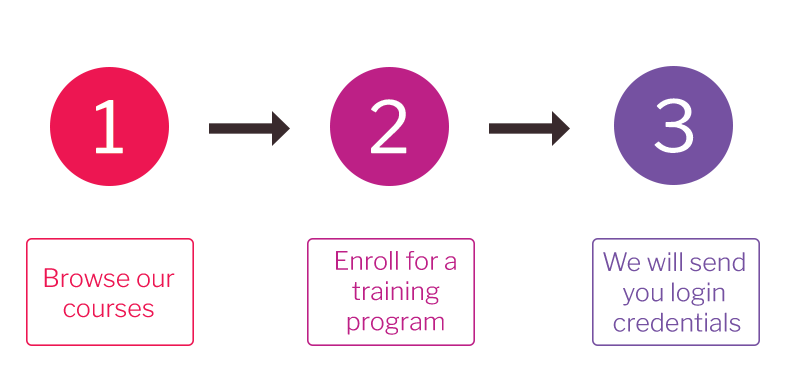Solving Systemic Recurring Issues – Once And For All!
All organisations have problems. Some are easy to solve, but around 10% are the hard ones.
They reoccur, become part of the system and no matter how hard we try, we just can’t
seem to solve it and pull the root cause out by the roots!
Our unique process involves the group being split up into Problem Solving Teams of
between 5-7 people. This is the optimal size for a problem-solving group. In addition,
it is recommended that the problem-solving group ideally has a diagonal slice of the
organisation including a decision maker, people experiencing the problem on a day-to-day
basis and someone in the group completely unfamiliar with the problem to ensure no stone
is left unturned by asking all the ‘obvious’ questions.
The course is run across two non-consecutive full days. Ideally the two days are between
2-4 weeks apart to enable participants to gather additional information on the real live
problem they are tackling.
 Leadership & Management
Leadership & Management
About The Program
All organisations have problems. Some are easy to solve, but around 10% are the hard ones.
They reoccur, become part of the system and no matter how hard we try, we just can’t
seem to solve it and pull the root cause out by the roots!
Our unique process involves the group being split up into Problem Solving Teams of
between 5-7 people. This is the optimal size for a problem-solving group. In addition,
it is recommended that the problem-solving group ideally has a diagonal slice of the
organisation including a decision maker, people experiencing the problem on a day-to-day
basis and someone in the group completely unfamiliar with the problem to ensure no stone
is left unturned by asking all the ‘obvious’ questions.
The course is run across two non-consecutive full days. Ideally the two days are between
2-4 weeks apart to enable participants to gather additional information on the real live
problem they are tackling.
Other Courses








